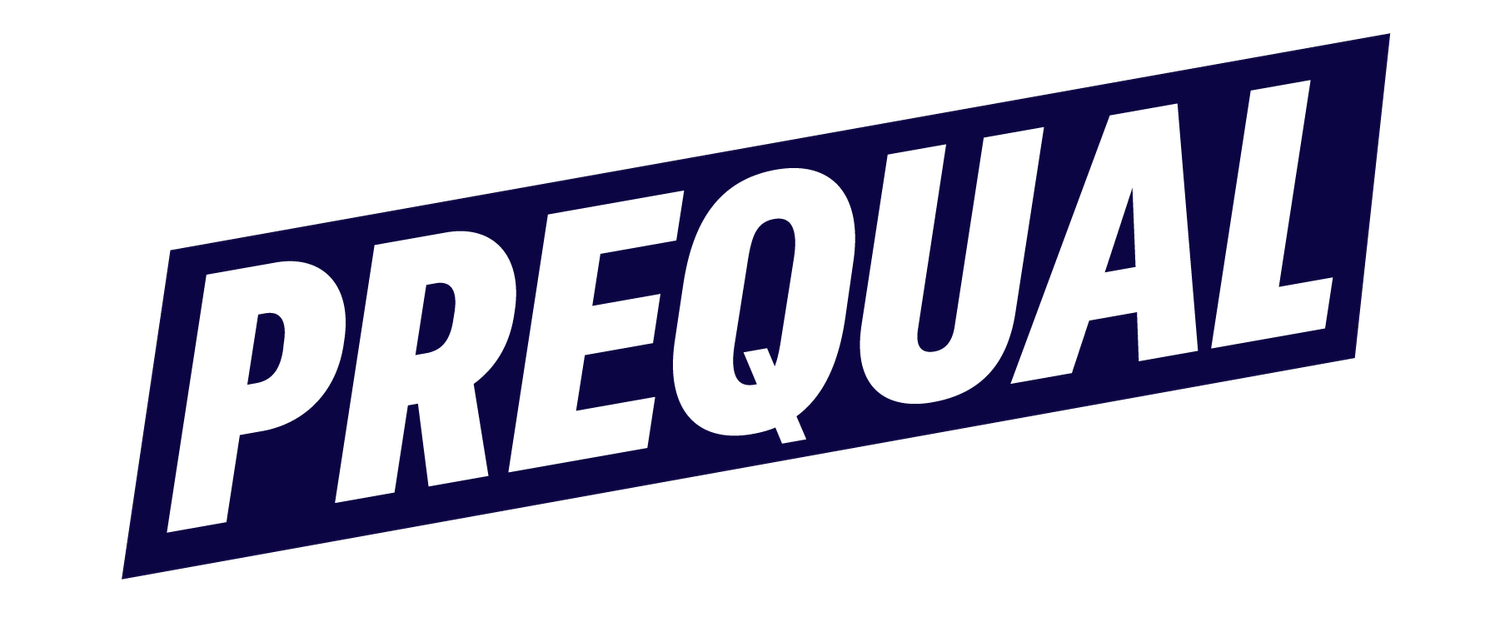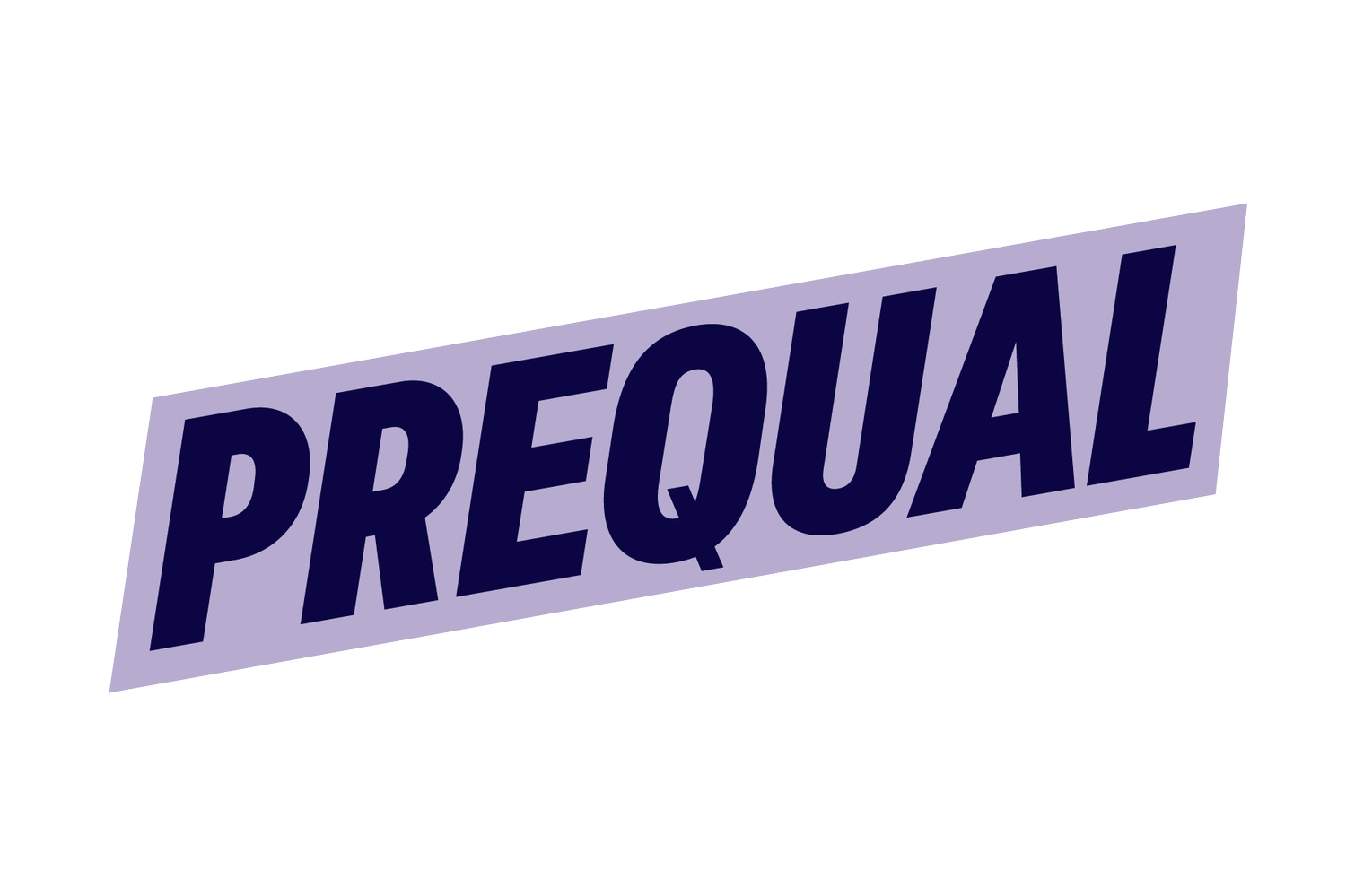What is Multichannel Marketing?
Are you looking to engage your audience and motivate them to buy from you? You have several marketing channels to get before your audience. Broadly, those marketing channels can be placed into two groups: digital channels, comprising search engines, social media, email, text marketing, and pay-per-click ads (PPC), and traditional channels, consisting of direct mail, and television, newspaper, and radio ads. A multi-channel marketing strategy uses both digital and traditional communication channels.
What are the benefits of multichannel marketing?
You may wonder how being on multiple digital and traditional channels can help your sales. Here’s some food for thought:
You can reach your audience on the channels they use
People consume brand content on various channels. Therefore, distributing your marketing messages on different channels increases the likelihood of reaching more members of your target audience.
You can increase brand awareness and recognition.
Using multiple marketing channels also increases the frequency of brand interaction for each customer. When your audience encounters your marketing campaigns several times, they’re more likely to remember your brand’s images, slogan, and unique features.
You can cross-promote for higher conversions.
You can make the most of the opportunity to cross-promote your products or services when you’re on multiple marketing channels. For example, say you promote your salon via Facebook ads or posts and use email marketing to remind customers to book monthly hair spa appointments for a 5% discount. You can also promote the discount on monthly grooming on Facebook and mention your various salon services in your email to customers.
You gain an edge over the competition.
If you can capture people’s attention on a channel where your competitors aren’t present, that’s an advantage. A multi-channel approach includes proactively identifying new or untapped channels that are ripe for marketing but haven’t been used by your competitors yet.
Are there any disadvantages to multi-channel marketing?
Managing multiple marketing channels requires significant time and resources. You may need to add to your in-house staff or plan work so that your existing staff can balance their primary duties with any additional work such as content creation, social media engagement, or graphic creation. Of course, training them on those skills is essential to creating quality campaigns.
Traditional marketing channels tend to cost more than their digital counterparts. For example, television ads may be prohibitively expensive. In contrast, radio ads may cost you anywhere from a few hundred to a few thousand dollars per week, depending on the location and size of the listening audience. In addition, if you plan to use direct mail marketing, you must account for the costs of buying mailing lists to send out mailers in bulk.
To understand the impact of your campaigns on different channels, you’ll need to use analytic tools to measure performance. Unfortunately, advanced analytics tools aren’t always available free of cost. In addition, you may need a dedicated resource to interpret the numbers and coordinate with other marketing team members and the sales team to improve results.
Despite these challenges, multi-channel marketing – when done wisely – can boost brand recognition, sales, and business growth. A carefully planned multi-channel marketing plan is essential for sales success. Here’s how you can go about creating one.
How to plan a multi-channel marketing strategy
Create buyer personas
You’ll know your audience’s channel preferences, motivations, values, and beliefs from your buyer personas. This information will help you determine the proper channels, messaging, and tone for your marketing channels.
Identify what works best on each channel.
To be effective on each channel, you’ll need to understand the type of content that works best on them. For example, the more visually oriented channels like Instagram or brochures will require creative thinking and graphic designing skills, while LinkedIn and blogs need insightful textual content.
Ensure consistent messaging
You’re marketing to the same buyer personas on different channels. Ensure you’re not deviating from your core message or image on those channels. Multi-channel marketing is an opportunity to reinforce who you are, so maximize this opportunity with a consistent brand voice.
Elements of a successful multi-channel marketing plan
You can be on ten digital and traditional channels and increase sales by a small margin. Or you can use half the number of channels and post a 50% increase in sales. It comes down to smart planning.
Be on the proper channels: Some marketing channels may be less effective in generating sales. Buyer personas, audience research, and cost-managed trial and error will help you zero in on the right marketing mix.
Craft compelling messages: Great content wins – on any channel. Focus on creating messages that resonate with your audience. Conduct competitor research to understand what to say to stand out from other brands.
Plan for channel integration: Rather than marketing in silos, understand how different channels may complement one another and how combined efforts can contribute to the desired results.
Keep at it: Results from multi-channel marketing don’t appear immediately. It takes time to bear fruit. Ensure to measure each channel’s impact and exclude those not delivering the expected results. Double down on your efforts for top-performing channels to maximize sales.
Stay on top of marketing and industry trends.
Major trends affecting marketing in your industry and considerable developments in your industry require evaluating your multi-channel marketing plan. If your audience is moving to a new marketing channel in droves, you’ll need to adjust quickly to continue engaging them where they are. If your industry is rapidly digitizing, or the costs of a particular advertising channel are rising sharply, you’ll need a backup plan to continue reaching out to a broad audience and meeting your sales goals.


